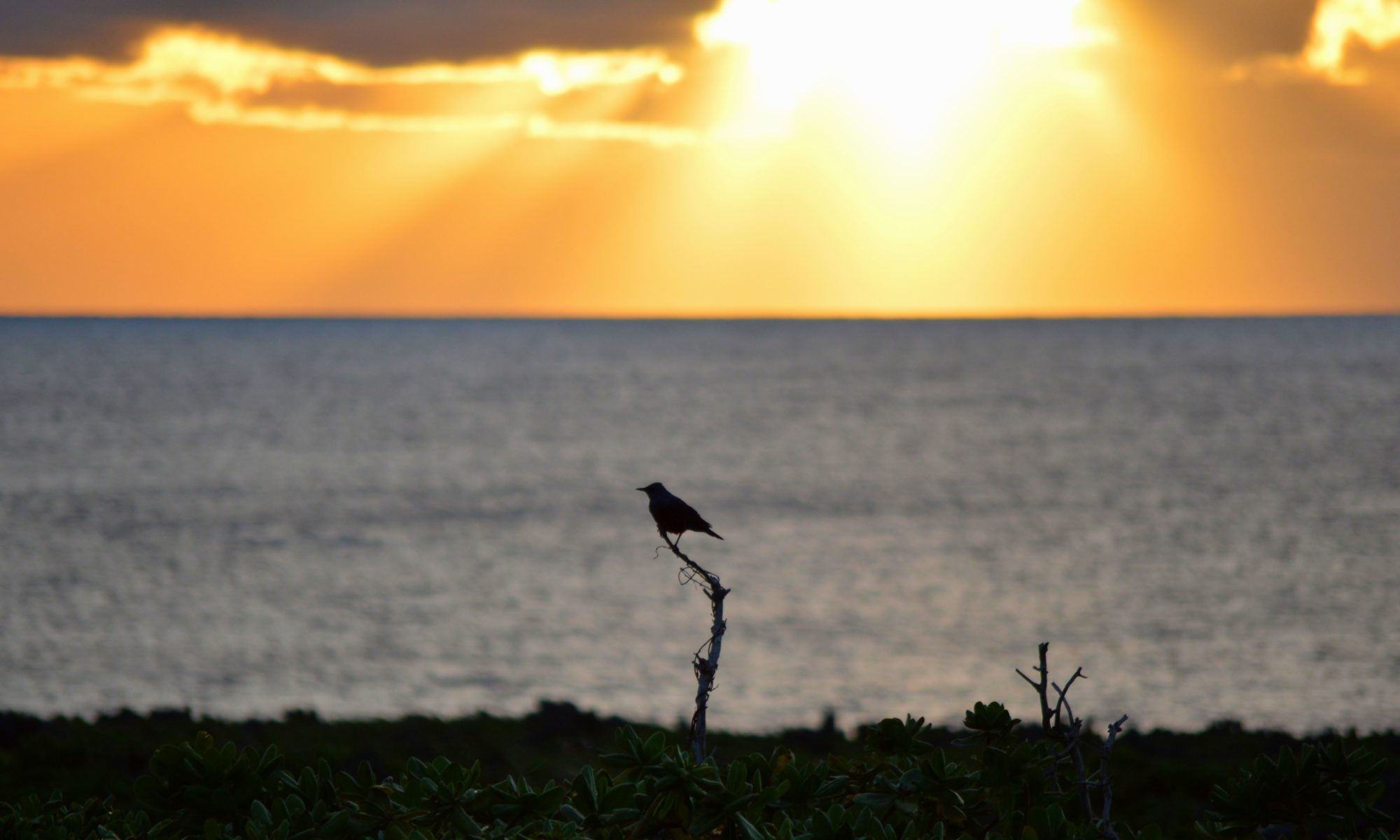- Separating signal from noise in acoustic biodiversity surveys - 17/11/2020
- Sustainable redevelopment: visions of a post-lockdown world - 29/05/2020
- Pedagogy in Portugal - 07/02/2020
A recent study led by Sam Ross (Trinity College Dublin) and Dr. Nick Friedman and published in the journal Ecological Research, aims to ask how much we can learn from bioacoustic monitoring of ecosystems. Read more in the blog post snippet below, or see the full blog post on the IMECO blog:
“A recent study led by myself and Dr. Nick Friedman asks whether we can accurately measure how diverse different ecosystems are on the island of Okinawa, Japan. We set up 24 monitoring sites across the island in different locations – in forests, grassland, mangroves, near the beach and in the city – to monitor all the sounds that are produced near each site. We found that we can detect individual species and relate these sounds to natural patterns including the ‘dawn chorus,’ and we could identify sites with heavy human activity. All without having to look for any species.
The rise of bioacoustics
Technology is advancing worldwide. Everything from phones to microwaves is getting more advanced. Instruments for ecological research are no different. Our satellite tracking tags are improving; they’re getting lighter, cheaper and can store more data than ever before. We can use complex chemical techniques to understand who eats whom in a food web, and drones now allow us to image even remote habitats with relative ease. With these advances comes the rise of acoustic monitoring techniques for biological signals (bioacoustics for short)…”
Read the full blog post on the IMECO blog.
______________
About the Author
Sam Ross is a PhD student in Ian Donohue’s research group in the Department of Zoology, Trinity College Dublin. His research focuses on the effects of global change on ecological stability. Find out more about his research here:
Website | https://srpjr.wordpress.com/
Twitter | @SamRPJRoss
Research Gate | Profile
Google Scholar | Profile
Linkedin | Profile
ORCID | 0000-0001-9402-9119

